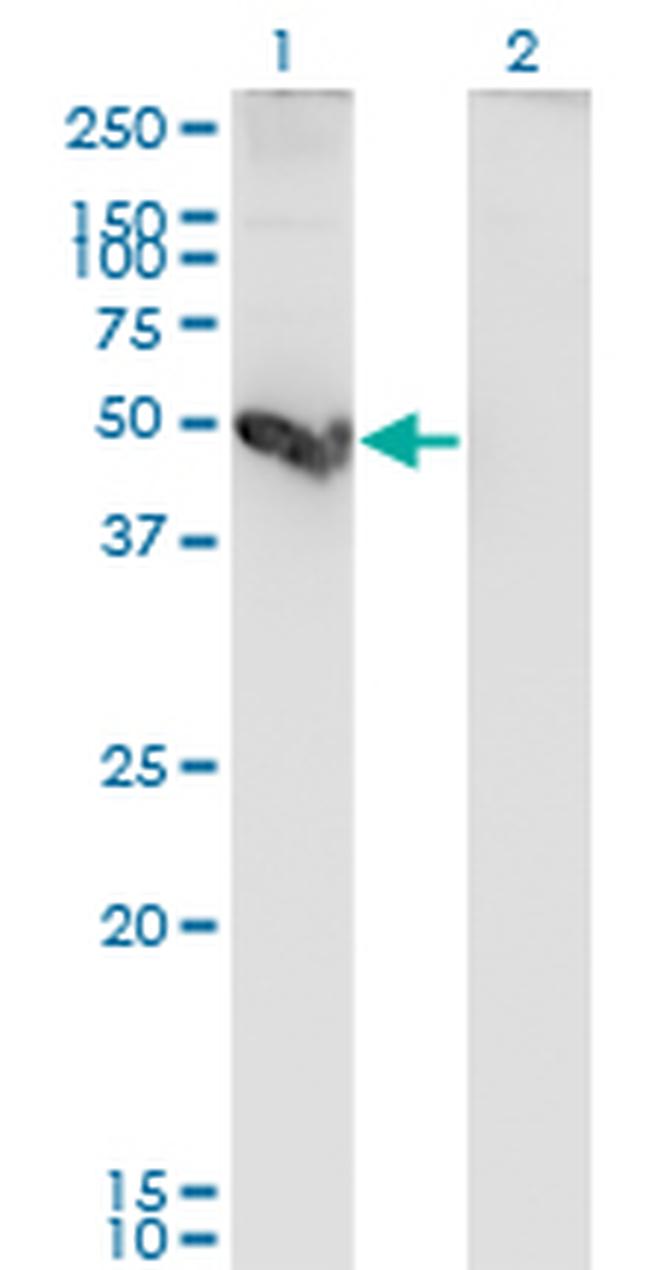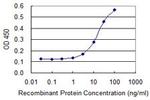Search Thermo Fisher Scientific
Product Details
H00001510-M10
Species Reactivity
Host/Isotype
Class
Type
Clone
Immunogen
Conjugate
Form
Concentration
Purification
Storage buffer
Contains
Storage conditions
Shipping conditions
Product Specific Information
Sequence of this protein is as follows: QGSLHRVPLR RHPTLKKKLR ARSQLSEFWK SHNLDMIQFT ESCSMDQSAK EPLINYLDME YFGTISIGSP PQNFTVIFDT GSSNLWVPSV YCTSPACKTH SRFQPSQSST YSQPGQSFSI QYGTGSLSGI IGADQVSVEG LTVVGQQFGE SVTEPGQTLV DAEFDGILGL GYPSLAVGGV TPVFDNMMAQ NLVDLPMFSV YMSSNPEGGA GSELIFGGYD HSHFSGSLNW VPVTKQAYWQ IALDNIQVGG TVMFCSEGCQ AIVDTGTSLI TGPSDKIKQL QNAIGAAPVD GEYAVECANL NVMPDVTFTI NGVPYTLSPT AYTLLDFVDG MQFCSSGFQG LDIHPPAGPL WILGDVFIRQ FYSVFDRGNN RVGLAPAVP
Target Information
Cathepsin E may have a role in immune function. It is most likely involved in the processing of antigenic peptides during MHC class II-mediated antigen presentation. It may also play a role in activation-induced lymphocyte depletion in the thymus, and in neuronal degeneration and glial cell activation in the brain.
For Research Use Only. Not for use in diagnostic procedures. Not for resale without express authorization.
References (0)
Bioinformatics
Protein Aliases: Cathepsin E; EC 3.4.23.34; erythrocyte membrane aspartic proteinase; slow-moving proteinase
Gene Aliases: CATE; CTSE
UniProt ID: (Human) P14091
Entrez Gene ID: (Human) 1510

Performance Guarantee
If an Invitrogen™ antibody doesn't perform as described on our website or datasheet,we'll replace the product at no cost to you, or provide you with a credit for a future purchase.*
Learn more
We're here to help
Get expert recommendations for common problems or connect directly with an on staff expert for technical assistance related to applications, equipment and general product use.
Contact tech support


